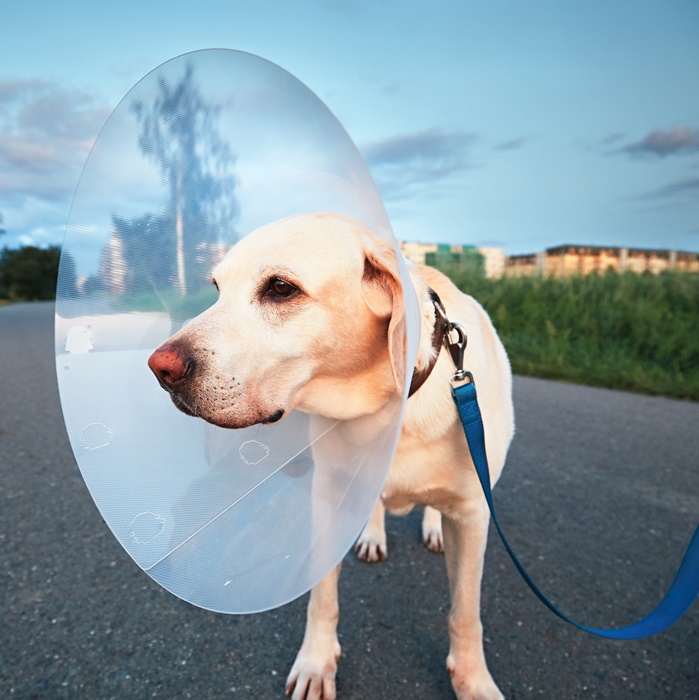Pet Surgery in Altamonte Springs, FL
At our Spring Run Veterinary Hospital, our veterinarians provide a wide range of surgical services, from routine to complex procedures.

Pet Surgery
Our veterinary team takes every precaution so that your pet receives the highest-quality care. We perform a physical exam and pre-anesthetic testing before surgery, monitor your pet during surgery and provide appropriate pain medication to keep your pet comfortable during recovery.

Pet Surgery
Our medical team is made up of highly trained and experienced veterinarians as well as certified veterinary technicians with years of training and experience. The surgical team collaborates and communicates to ensure the efficiency and safety of your pet’s procedure. Our surgical services are provided in a modern, fully-equipped surgical suite that is designed to provide your pet with the best that modern veterinary medicine has to offer. We also provide a wide range of surgical procedures. Among the most common surgeries we perform are:
- Spay/Neuter
- Mass removal
- Foreign Body
- Cystotomy
- Most small tissue surgeries
- Ear crop
Ear cropping is a surgical procedure performed on certain breeds of dogs, such as Dobermans, Great Danes and Boxers, to change the shape of their ears and align with the breed standard. The procedure involves removing a portion of the ear and shaping the remaining part to stand upright. Ear crop surgery is performed under general anesthesia by a veterinarian who takes in every surgical consideration. The pet will need to follow a strict aftercare routine, which will include medications, dressings and regular check-ups.
Veterinary Services
Below are all of the veterinary services we offer at Spring Run Veterinary Hospital. If you have any questions regarding our services, please feel free to call us.
